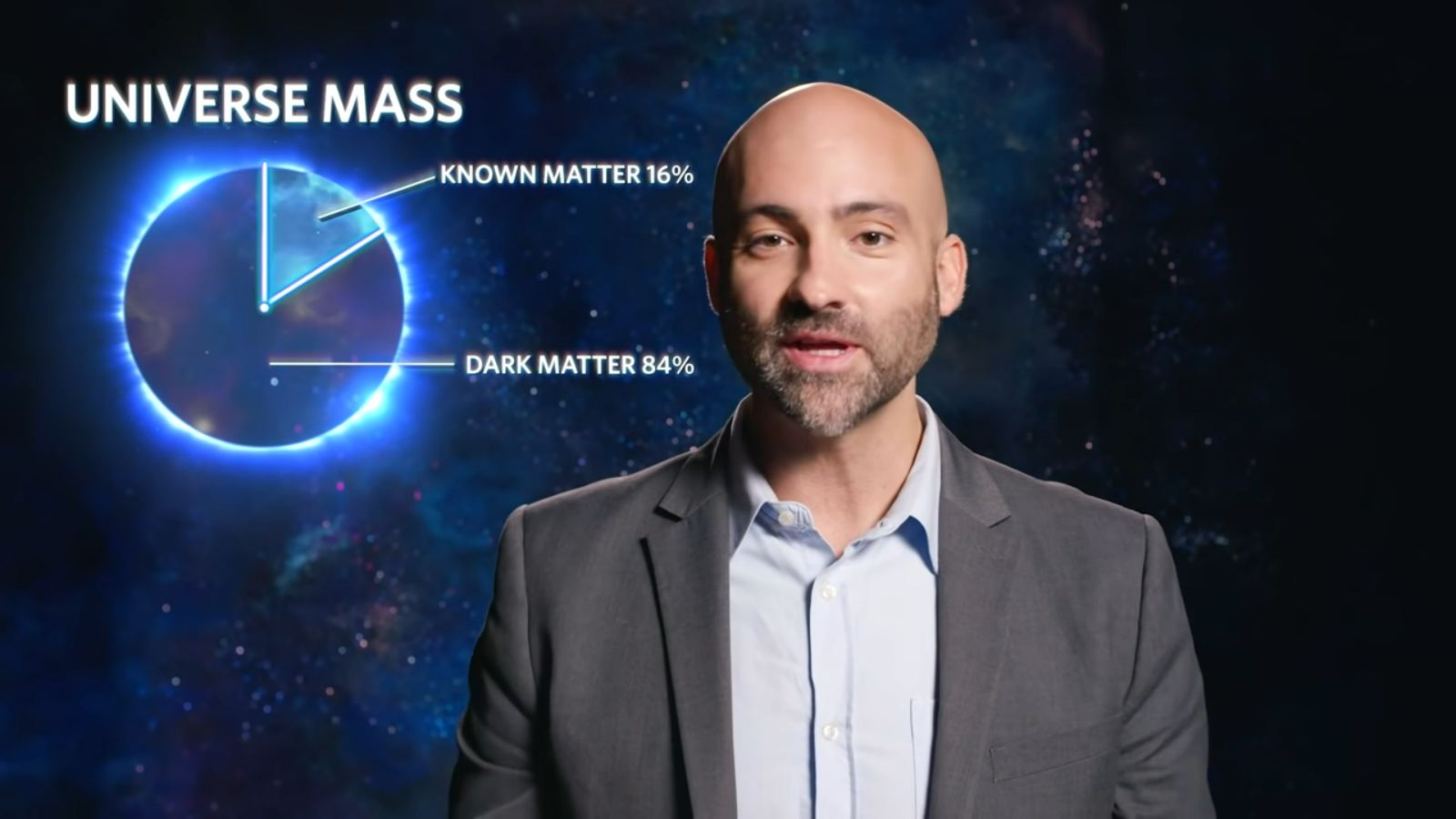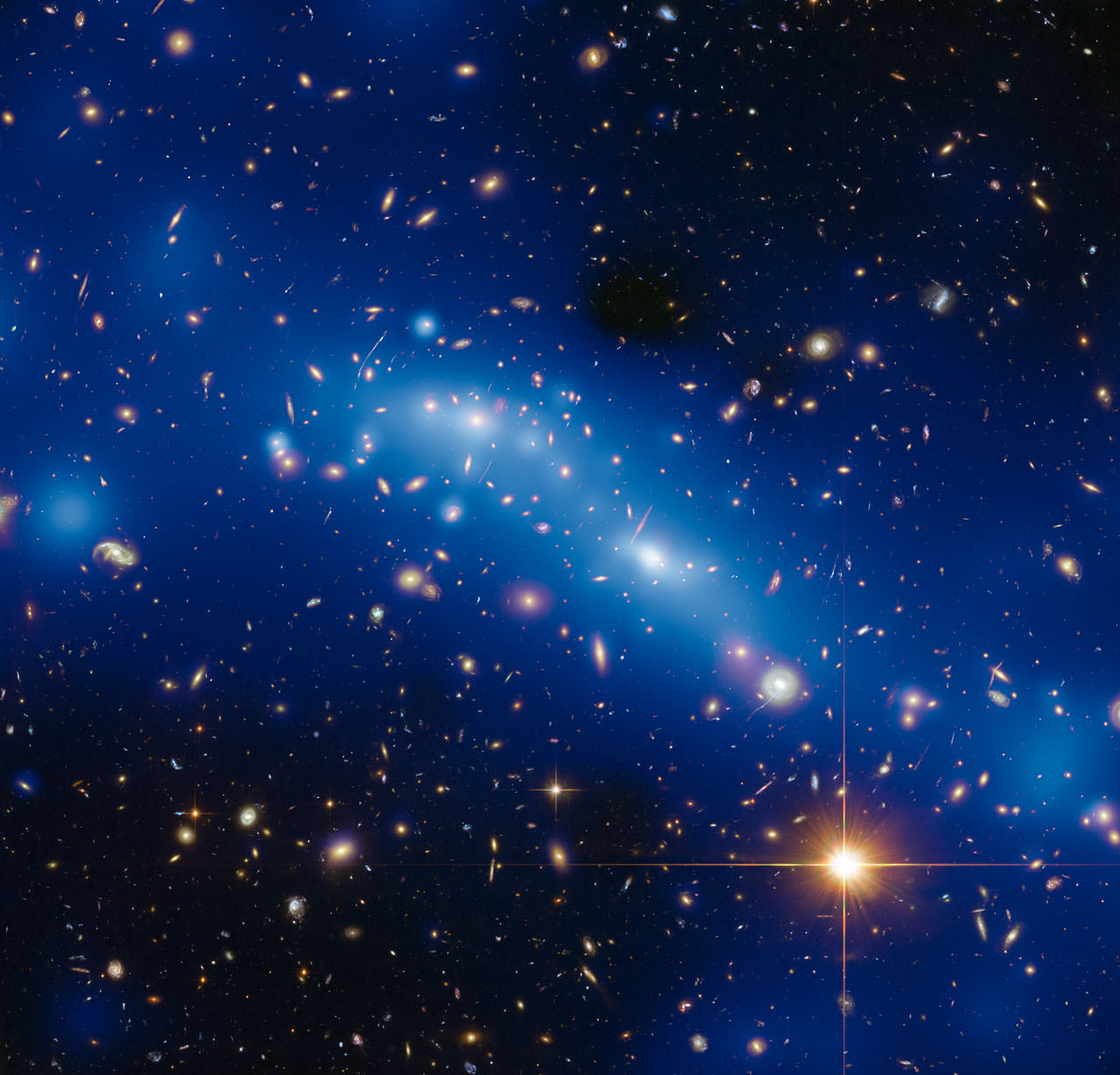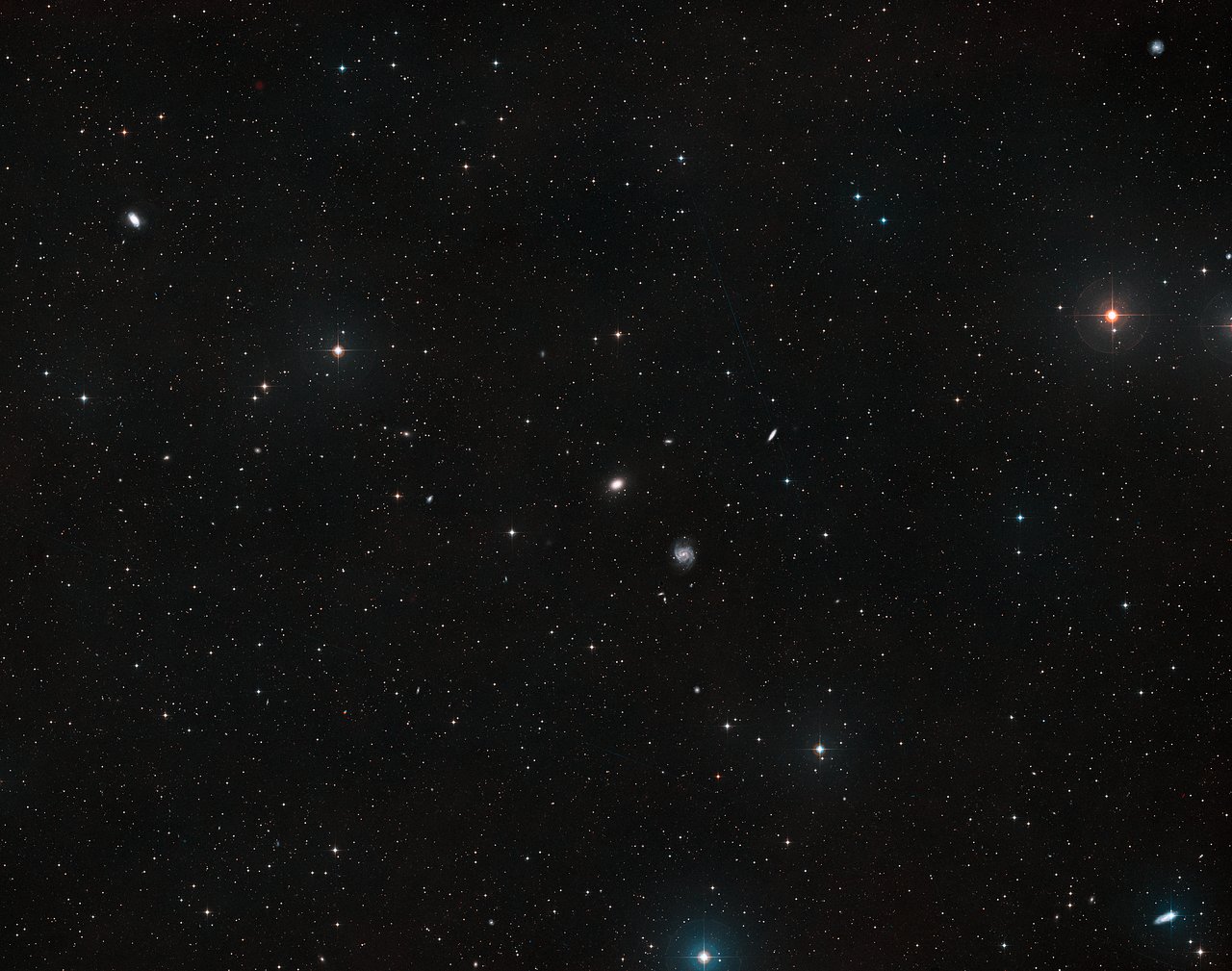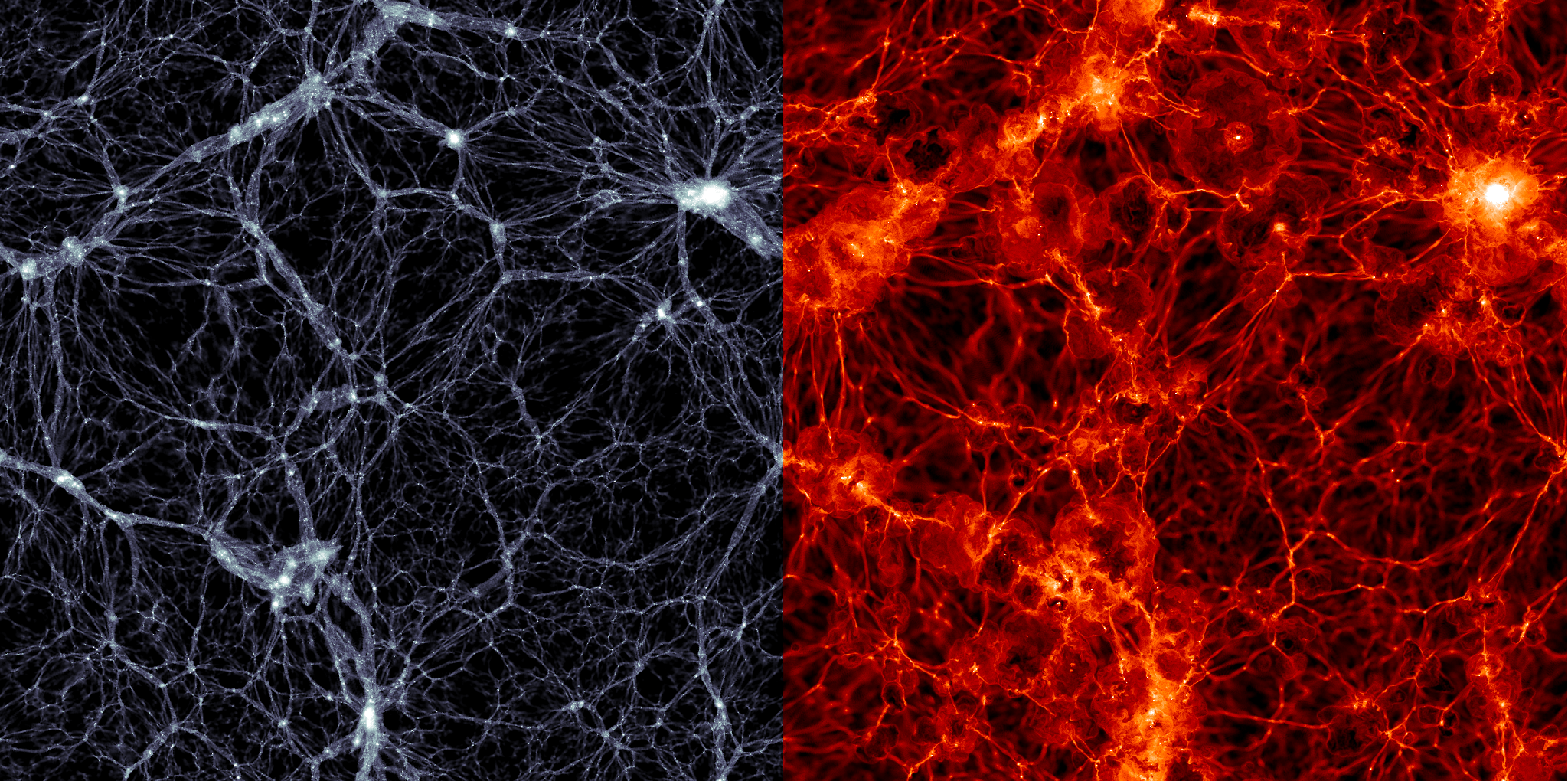Do you have a few minutes to spare and a thirst for knowledge about one of the greater mysteries of the Universe? Then head on over to ArsTechnica and check out the new series they’re releasing titled Edge of Knowledge, starring none other than Dr. Paul Sutter. In what promises to be an enlightening journey, Dr. Sutter will guide viewers through an eight-episode miniseries that explores the mysteries of the cosmos, such as black holes, the future of climate change, the origins of life, and (for their premiere episode) Dark Matter!
As far as astrophysicists and cosmologists are concerned, Dark Matter is one of the most enduring, frustrating, and confusing mysteries ever! Then, one must wonder why scientists are working so tirelessly to track it down? The short answer is: the most widely accepted theories of the Universe don’t make sense without out. The long answer is… it’s both complicated and long! Luckily, Dr. Sutter manages to sum it all up in less than 15 minutes. As an accomplished physicist, he also explains why it is so important that we track Dark Matter down!
Continue reading “Missing Mass? Not on our Watch—Dr. Paul Sutter Explains Dark Matter”









